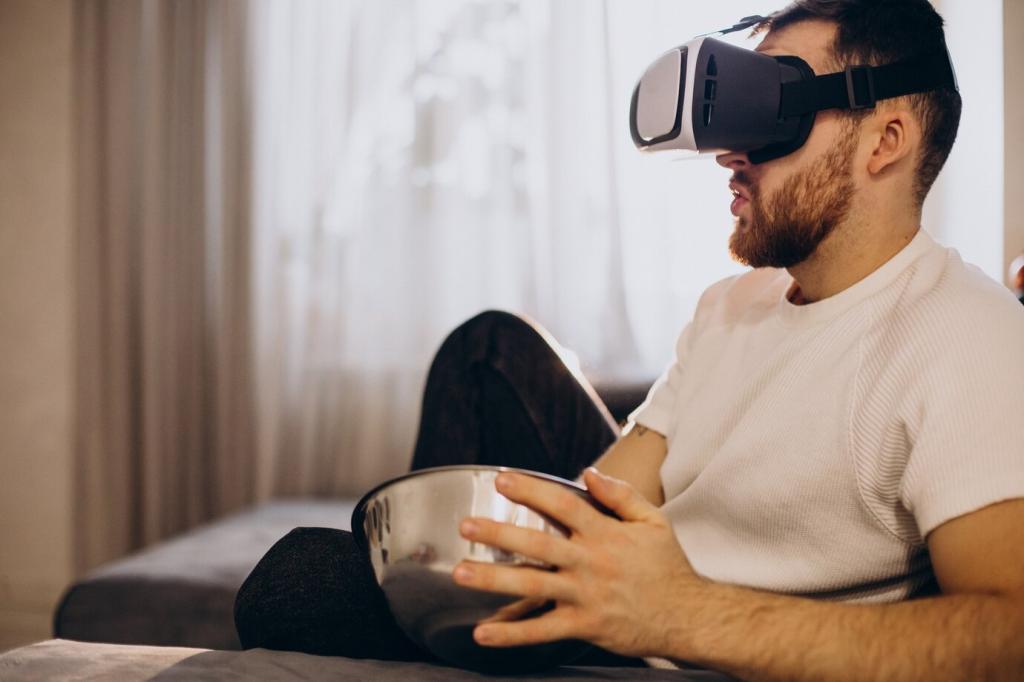
Virtual Reality as a Tool for Special Education
Virtual Reality (VR) is rapidly transforming the landscape of special education, offering new opportunities for personalized, immersive learning experiences tailored to diverse student needs. By creating safe, adaptable, and engaging environments, VR can support learners with different abilities in mastering concepts, practicing life skills, and building confidence. With VR, challenges posed by physical or cognitive differences can be addressed in innovative ways, making education more accessible than ever before. This page explores how VR serves as a powerful tool in special education, examining its benefits, implementation strategies, and the future potential it holds for educators and students alike.
Enhancing Engagement and Motivation
01
Immersive virtual environments can motivate students with special needs to engage more deeply with academic content. Unlike traditional methods that often rely heavily on reading or listening, VR allows students to see, hear, and interact dynamically with subject matter. This multisensory approach can inspire students to take initiative and persist through challenges, especially when lessons are designed to be enjoyable and rewarding. The capacity to repeat experiences until mastery, without fear of judgment, fosters a sense of accomplishment and builds intrinsic motivation. Ultimately, VR transforms potentially mundane lessons into exciting adventures that students look forward to.
02
For many students in special education, anxiety can be a significant barrier to learning. Social interactions, unfamiliar environments, or new concepts may trigger stress and make participation difficult. VR provides a controlled, predictable space where students can experience lessons at their own pace, reducing outside distractions and unpredictability. By allowing gradual exposure to challenging scenarios, such as public speaking or navigating busy locations, students can build confidence step by step. The immersive nature of VR means they can practice as often as needed, gradually becoming comfortable and reducing overall anxiety related to learning and socialization.
03
Every learner is unique, and this is especially true in special education. VR enables personalized pacing, allowing students to progress through material at a speed that suits their learning style and needs. Immediate feedback in these environments helps students understand their progress, correct mistakes, and celebrate successes right away. Teachers can also monitor engagement and adapt content based on individual responses, ensuring no one is left behind. This ongoing feedback loop, combined with the absence of external pressure, makes learning more effective and less stressful, creating a positive cycle of motivation and achievement.
Supporting Diverse Learning Needs
Virtual Reality allows for content to be specifically modified to suit the unique requirements of individuals with varying physical and cognitive abilities. For example, controls and tasks can be simplified for students with motor impairments, while visual or auditory adjustments can support those with sensory processing disorders. Learning scenarios can be scaffolded or enriched with extra cues and supports, ensuring every student can access and comprehend the material. By removing traditional barriers, VR makes learning more inclusive and opens doors previously closed by physical or pedagogical limitations.
Practical Applications in the Classroom
For many students with special needs, mastering life skills such as shopping, using public transportation, or preparing a meal can be challenging. VR provides realistic simulations where students can practice these daily tasks in a safe, consequence-free environment. Mistakes become valuable learning experiences rather than setbacks, and repetition is encouraged without stigma. As students grow more competent in these virtual scenarios, their self-efficacy increases, laying the foundation for greater independence and smoother transitions into adulthood and community life.
